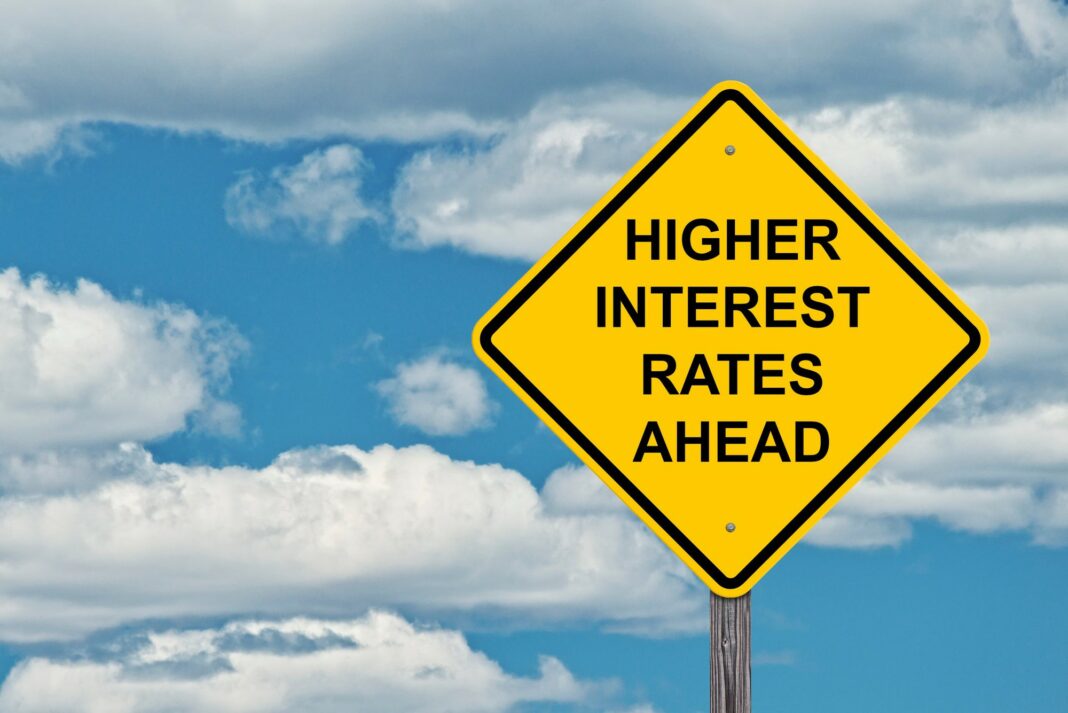Investment market update (for the quarter ended 30 September, 2021)
Since the lows of the Covid crash in late March 2020 it has been an exceptional run for global share markets. That run hit a significant speedbump in September.
With many markets near record highs and valuations generally lofty relative to history, they were susceptible to a pullback. To emphasise just how unusually calm it had been, until the last day of September (when the run was broken) it had been 236 trading days since the MSCI World Index had seen -five percent drawdown. That’s the second longest period in the past 25 years. Markets can sometimes be volatile, but for most of the past year (until recently) they haven’t been.
New Zealand market bounces despite Covid lockdowns
After being a laggard to global markets, the New Zealand share market had a strong quarter, boosted by companies reporting healthy results in August.
Some may be surprised the strong performance has come at a time when we’ve been hit with the first Covid-19 community outbreak in six months, and parts of the country remain in lockdown.
Lockdowns will impact economically exposed sectors and companies. The good news for investors, however, is the New Zealand market is dominated by defensive companies in sectors like healthcare, utilities, telecommunications, and consumer staples. The earnings of these companies are less affected by the economic environment.
The silver lining of the outbreak is that it’s been the wake-up call for many New Zealanders to get vaccinated. We no longer hold the inauspicious title of being the least vaccinated country in the OECD. This time round, New Zealand had little choice around how to respond to the Covid-19 outbreak. Widespread vaccinations are the only way to provide countries with broader choices about how to manage Covid-19 in the future.
Interest rate rises are coming
New Zealand has been one of the first countries in the developed world to raise interest rates in a post-Covid world. On 6 October it lifted the official cash rate (OCR) by 25 basis points to 0.5 percent. Our economy is facing pent-up demand and capacity constraints – the housing shortage being the most obvious example – from the tidal wave of migrants over the last eight years. In recent years, that same migration kept a lid on wages.
But now, with borders shut, capacity pressures are biting and inflation risks are rising. Closed borders are also driving up import costs. New Zealand is distanced from key trading partners and, as such, global supply chain constraints and rising freight costs have had an even greater impact here than abroad.
Furthermore, unlike other countries New Zealanders have been breaking out the credit cards. Much of our strong economy is being funded by rising household debt for which we’ll eventually face a cost.
The market is pricing that by May next year, we will see three more rate hikes lifting the OCR to 1.25 percent, but the environment remains fluid and subject to change. The creep of the Covid-19 delta variant south of Auckland, uncertainty over how long level 3 lockdowns will be imposed, and growing questions around the pace of the global economic recovery will all influence the RBNZ’s trajectory from here.
A return to (normal) volatility
Recent volatility has broken a period of unusual calm in markets. Whilst we remain comfortable retaining a healthy weighting of risk assets (shares, property) in portfolios, we also believe the easiest gains in this cycle are likely behind us and that future returns will be lower than what we’ve seen over recent time.
This column is general in nature and does not take any of your personal circumstances into account. For personalised financial advice, contact Forsyth Barr for an overview of the services we can provide.




